50 Words You Might Not Know Are Trademarked

Many of the items we use every day, like zippers and escalators, were once brand names. Here are some trademarked names that are often used as generic terms today.
1. Jet Ski
You might think you’re riding around on a Jet Ski, but if it’s not made by Kawasaki Heavy Industries, it’s just a personal watercraft.
2. Bubble Wrap
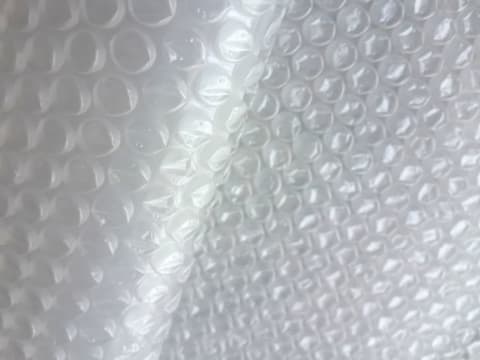
Bubble Wrap is probably the greatest contribution made to our society by Sealed Air Corporation, which they rightly trademarked.
3. Onesies
The term Onesies, referring to infant bodysuits, is owned by Gerber Childrenswear. According to their website, the trademark is aggressively enforced. (Twosies and Funzies also belong to Gerber.) If you're selling your own, you're gonna want to call them bodysuits.
4. Crockpot

The Crockpot, a brand name for the slow cooker, was originally developed as a beanery appliance.
5. Jacuzzi
Jacuzzi is not only a brand of hot tubs and bathtubs; they also make mattresses and toilets, which means you can sleep on a Jacuzzi that's oddly not a water bed.
6. Fluffernutter
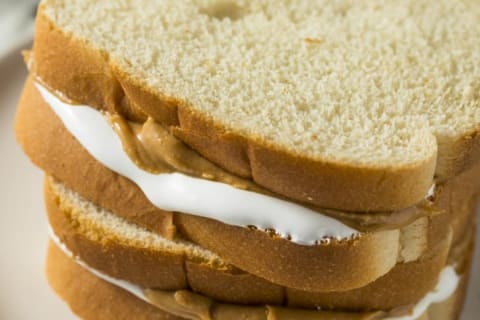
Fluffernutter is a registered trademark of the makers of Marshmallow Fluff, Durkee-Mower, Inc.
7, 8, and 9. Frisbee, Hula Hoop, and Slip 'n Sliide
Frisbee is currently owned by WHAM-O, but there have been ongoing legal battles to make this word and several others generic. In 2010, Manley Toys Ltd. challenged WHAM-O, arguing that the terms Frisbee, Hula Hoop and Slip ’N Slide have already become generic in the public lexicon. As recently as 2018, WHAM-O was regularly keeping an eye on counterfeiters who violated their trademark.
10. Chapstick
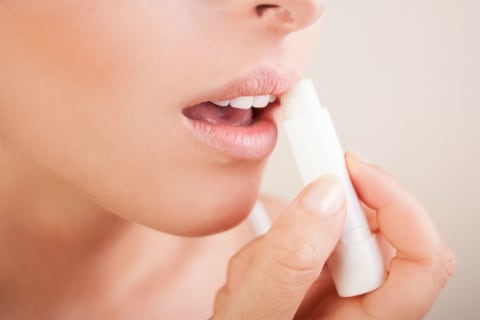
Chapstick is a brand name of lip balm produced by Pfizer. In the event that you find yourself enjoying this product too much, websites dedicated to helping Chapstick addicts are available.
11. Kleenex
The perfect time to remind a friend or family member that Kleenex is a brand name for a tissue is right when they are desperately begging you to hand them one.
12. Ping-Pong
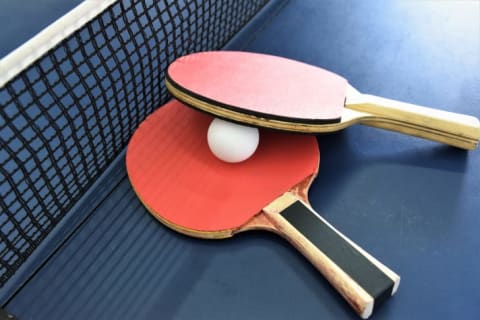
Ping-Pong was trademarked in 1901 as a brand of table tennis products named for the sound the ball makes when it hits the table.
13. Powerpoint
Unless you're using the Microsoft program, you're using a presentation graphics program or a pitch deck program.
14. Q-Tips
When Q-tips were originally released, they were called Baby Gays. The name was changed to Q-tips—the “Q” standing for quality—in 1926. Although they have changed hands several times since then, Unilever owns the brand today.
15. Rollerblade
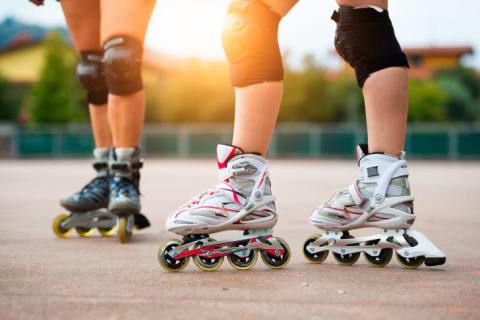
Two hockey-player brothers designed Rollerblade inline skates from a pair of old roller skates in 1979. They were the only brand of inline skates until the mid-1980s, when several other companies emerged.
16. Scotch Tape
According to legend, Scotch tape earned its name when a frustrated customer told a 3M scientist to “take it back to your Scotch bosses and tell them to put more adhesive on it.”
17. Sharpie Marker
The permanent marker was invented in 1956, but the Sharpie wasn’t introduced until 1964. Today, the products are almost synonymous with one another.
18. JELL-O
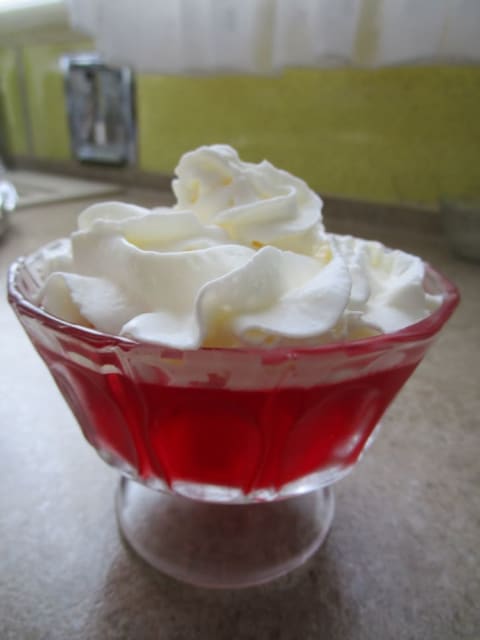
In 1899, Pearle Wait sold his recipe for Jell-O to Orator Woodward for $450. In 1902, sales for the product were around $250,000. Today, the gelatin dessert is owned by Kraft.
19. Tupperware
Tupperware™ is a brand that got its name from its creator, Earle Silas Tupper.
20. Velcro
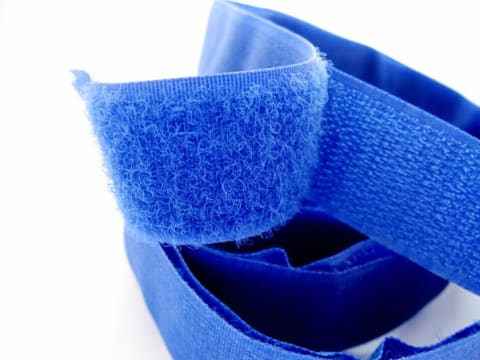
George de Mastral invented Velcro when he discovered that burrs stuck to matted dog fur. Today, it is the world’s most prominent brand of hook and loop fasteners.
21. Weed Eater
Weed Eater is owned by Husqvarna Outdoor Products, so you're probably using a string trimmer (or a whipper-snipper if you're feeling frisky).
22. Wite-out
Don’t ask BIC what’s in their line of correction fluid. The exact ingredients of Wite-out are confidential.
23. Band-Aids
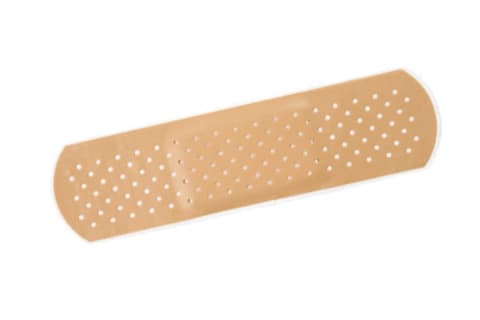
Johnson & Johnson manufactured gauze and adhesive tape separately until Earle Dickinson had the idea to combine them to create Band-Aids for his accident-prone wife.
24. Novocain
Novocain is actually the brand name of Procaine Hydrochloride owned by Hospira Inc.
25. TASER
TASER is a trademark of TASER International, and shouldn’t technically be used as a verb. To be fair, “Don’t hit me with that electroshock weapon, bro!” is probably hard to shout under duress.
Bonus fact: TASER is an acronym. It stands for "Thomas A. Swift's Electric Rifle."
26. Zamboni

The Zamboni is an ice resurfacer named after its inventor, Frank Zamboni.
27. Dumpster
The word has become largely generalized and the trademark is not widely enforced. The Dumpster got its name from the Dempster Brothers Inc., who combined their name with the word “dump” to create the Dempster Dumpster.
28. Popsicle
Like many great things in life, the Popsicle was invented by accident. As the story goes, one winter night in 1905, 11-year-old Frank Epperson left a mixture of soda and water with a stick in it on his porch. Almost 20 years later, Frank began selling his creation at a lemonade stand he was running and the treat has been popular ever since.
Today, Unilever recommends that you call generic frozen pops on a stick pops, ice pops, or freezer pops. Although, depending on where you’re from, offering someone a pop could get very confusing.
29. Post-Its
Everyone knows Post-its, a trademark of 3M (no, they were not the invention of Romy and Michele). In fact, a very different duo is responsible: Dr. Spencer Silver invented the adhesive in 1968 and scientist Art Fry thought up a practical use for it in 1974. In 1980, Post-its were available for sale.
30. Ouija Board
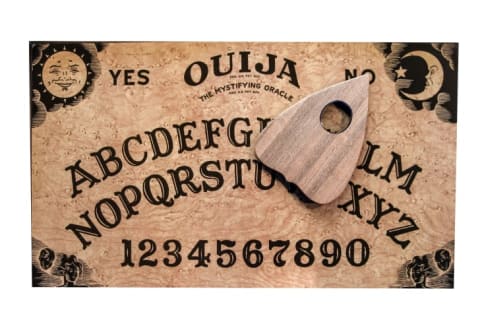
The Ouija board was first introduced by Elijah Bond in 1890 as a practical way to communicate with spirits, making dealing with a pesky ghost much more convenient. Today, it is a trademark of Hasbro Inc.
31. Plexiglas
Plexiglas got its start in World War II aircraft canopies, has since become the better-known name for acrylic glass.
32. Styrofoam
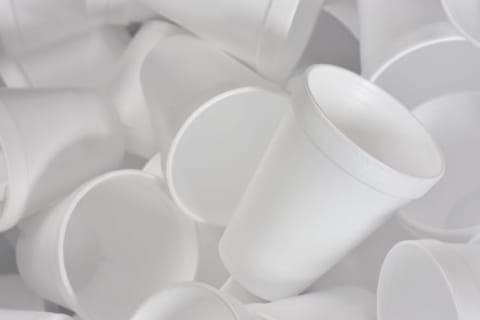
No matter how many picnics you’ve been to or how much time you spend at the water cooler, you’ve never had a drink out of a Styrofoam cup. Expanded Polystyrene is the generic name for the material that we typically think of as Styrofoam. The brand is a trademark of the Dow Chemical Company, which produces the material in sheaths for construction projects and is never made in the shape of a plate, cup, or cooler.
33. Thermos
Although the Thermos was invented in 1892, it wasn’t paired with a lunch box until 1953. The set, which originally featured a picture of Roy Rogers, sold more than 2 million units in the first year.
34. Vaseline
Robert Chesebrough invented Vaseline, now a registered trademark of Unilever, when he observed oil workers smearing residue from drills on their skin to heal wounds. He was just 22 at the time. Twenty years later, in 1880, Vaseline was selling throughout the United States at the rate of one jar per minute.
35. Adrenalin

JackF iStock via Getty Images
This tale of two Adrenalin(e)s will really get your blood pumping: According to Merriam-Webster, in the 1800s, there were several scientists working with a hormone made in the adrenal glands, what we now call adrenaline. Pharmacologist Henry Dale wanted to call it adrenaline, but an American company that had already trademarked Adrenalin protested due to the similarity. Dale prevailed, and today we can just adrenaline without worry. Adrenalin, minus the “e,” is still protected for pharmacology use.
35. X-acto
X-ACTO began in 1917 as a medical company that created syringes. Eventually, they began creating surgical scalpels that evolved into the hobby knives that we associate with X-ACTO. X-ACTO is a brand and a division of Elmer’s Products.
37. Sheetrock
If you want to use the word drywall, go for it. But Sheetrock is a drywall brand name owned by the United States Gypsum Company.
38. Memory Stick
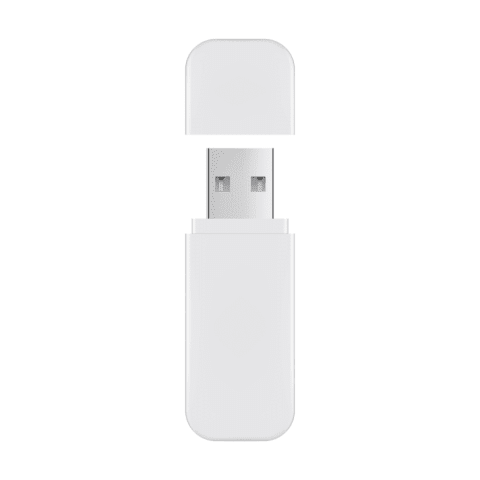
The commonly used word to describe a type of flash drive used to store large amounts of data is protected by Sony, which launched the technology in 1998.
39. Lava Lamp
The lamp with the amorphous goo (mostly paraffin wax) inside was originally called the “Astro” lamp, but in 1965, he sold the U.S. manufacturing rights to a company called Lava Lite. The Lava brand is still trademarked today.
40. Realtor

JackF iStock via Getty Images
The word Realtor is trademarked by the National Association of Realtors (NAR). If the person selling your home isn’t licensed by NAR, he or she is a real estate agent, not a realtor.
41. Auto-Tune
Altering voices in post-production is almost a given these days, but not all of it is considered true Auto-Tune. A trademark of Antares Audio Technologies, Auto-Tune uses a proprietary method of pitch correction to improve or change vocal performances.
42. Astro Turf
“AstroTurf” is commonly used to refer to any type of artificial grass, but the AstroTurf brand would prefer that you didn’t, especially since they invented synthetic turf.
43. Seeing Eye Dog
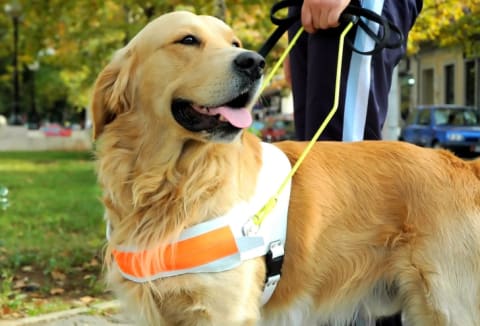
The Seeing Eye is the oldest guide dog school in the world, and only dogs who have gone through the training program in Morristown, New Jersey, can truly be called Seeing Eye dogs. Other dogs trained to help visually impaired people should be referred to as guide dogs.
44. Comic-Con
In 2017, Comic-Con International, which holds the annual San Diego fan convention, won a nasty legal battle against the Salt Lake Comic Con (now the FanX Salt Lake Comic Convention) over the rights to the phrase Comic-Con.
45. Mace
If the self-defense weapon you’re carrying isn’t made by Mace Security International, you’re not actually using Mace—you’re using plain old pepper spray.
46. Formica
The Formica Corporation has been fighting hard to keep their trademark since the 1970s—and so far, they’re winning. Invented at Westinghouse in 1912, the product was originally a substitute for the mineral mica, which was used in insulation—hence, “for mica.”
47. Hacky Sack
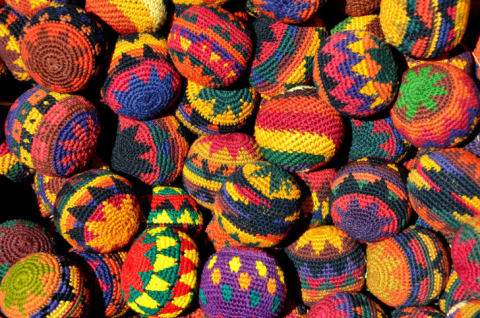
The patent and trademark for the term “Hacky Sack” goes back to 1979. Five years later, the brand was acquired by Wham-O, which still holds the rights today. The preferred non-branded term? Footbag.
48. Muzak
The Muzak Company was founded by U.S. Army Major General George Squier and had more offerings than just soothing instrumentals. But as that part of the catalog became popular, people began referring to the songs themselves as Muzak.
49. Freon
While we may use Freon to refer to the refrigerant that goes in some air conditioning units and cars, that particular word is a registered trademark belonging to DuPont. The generic term is a bit of a mouthful: fluorinated hydrocarbon refrigerant.
50. Fiberglass
Owens-Corning has not only trademarked the words Fiberglass and Fiberglas, but also the distinct color (yes, you can trademark colors!) of the product: PINK.